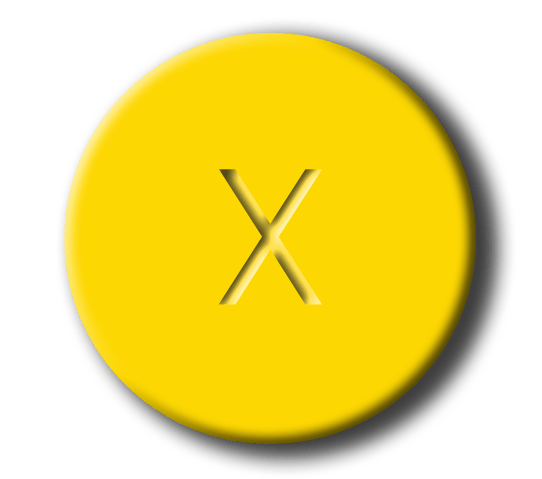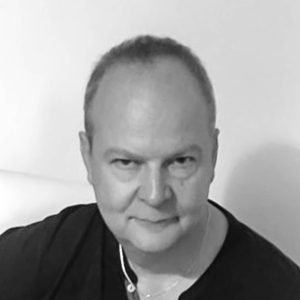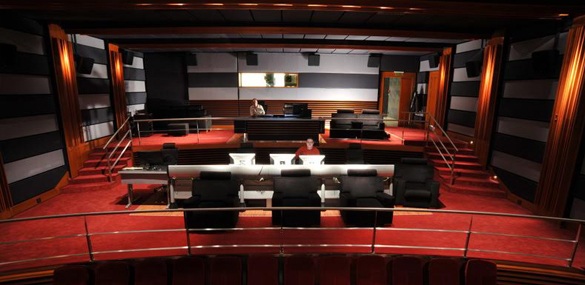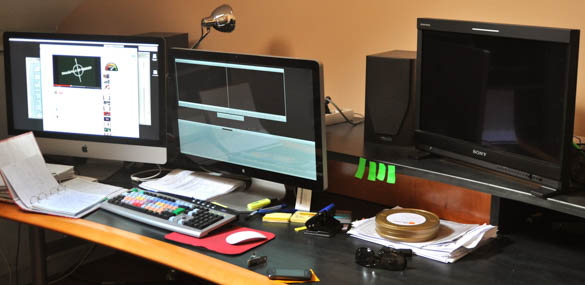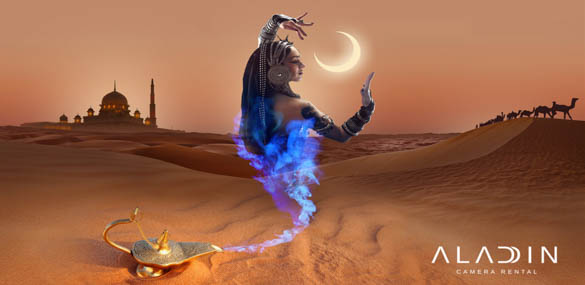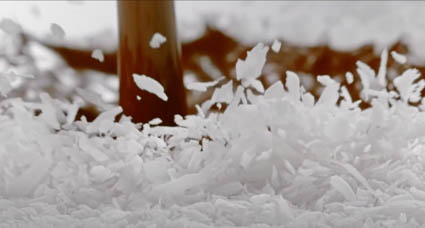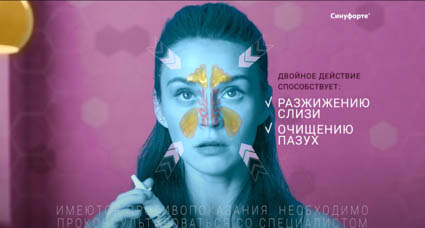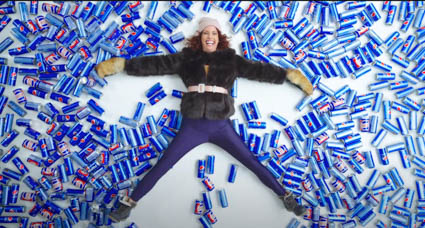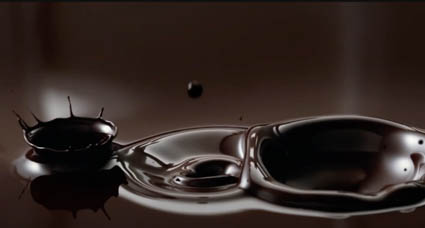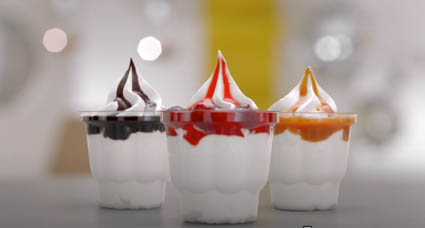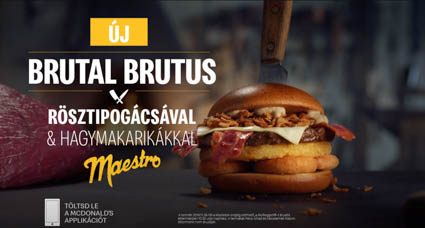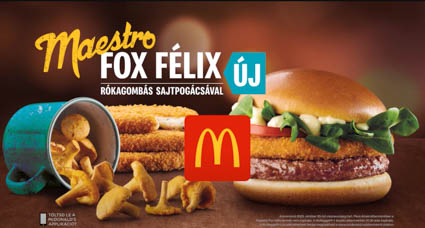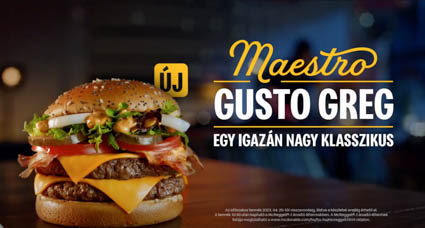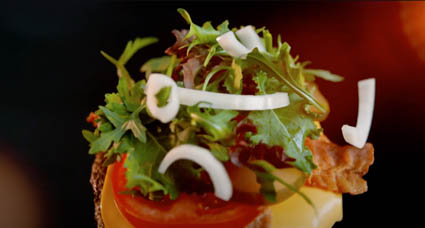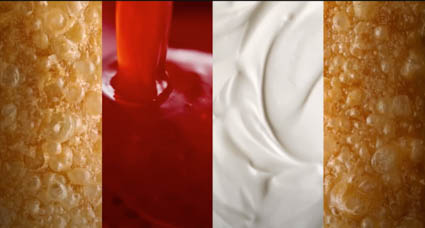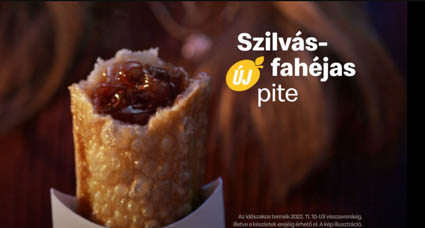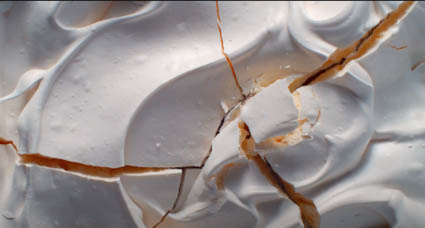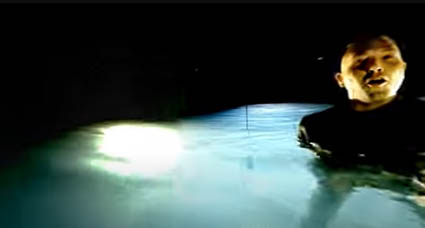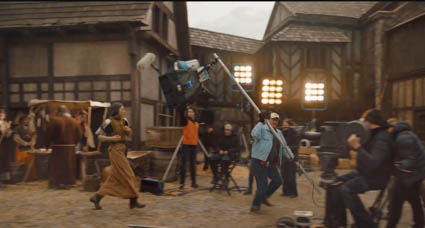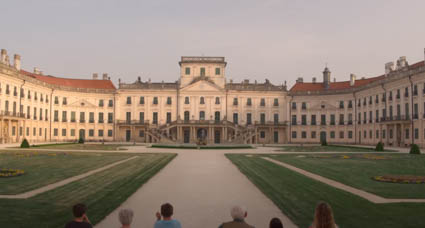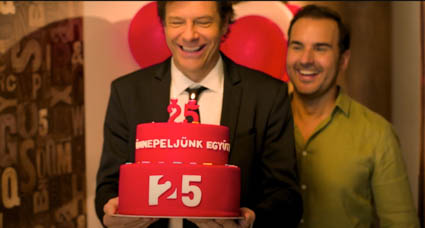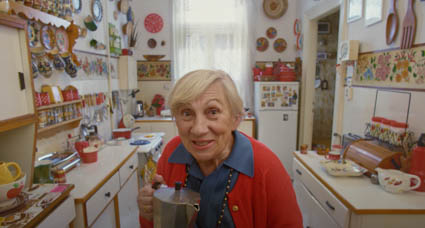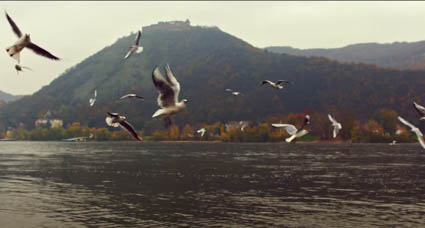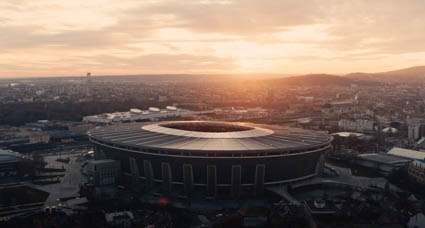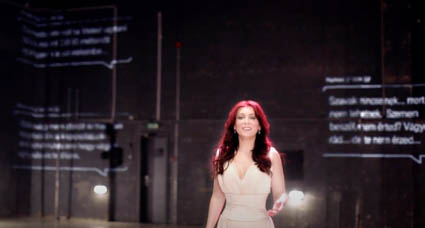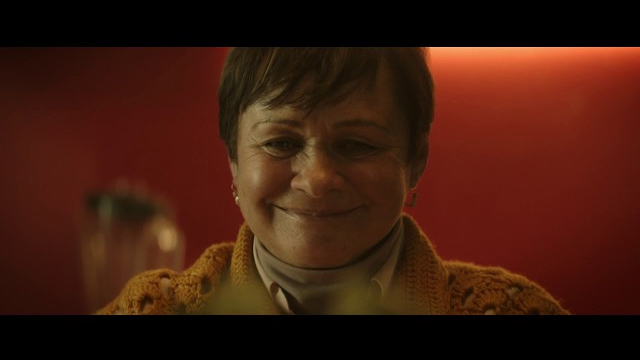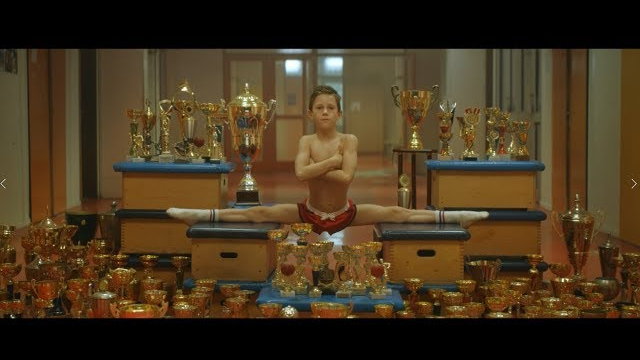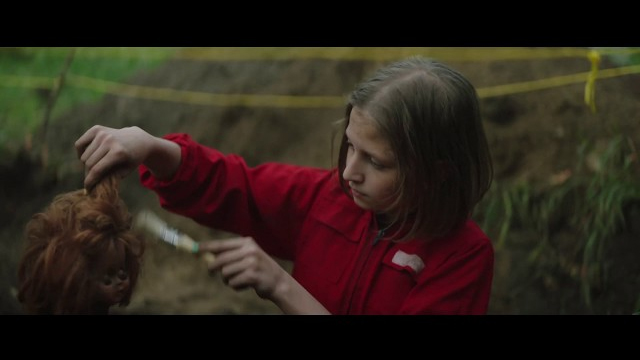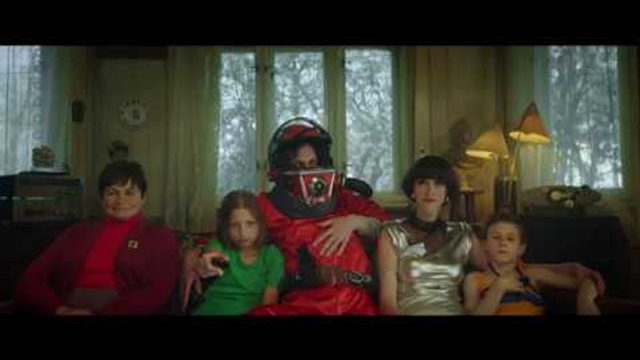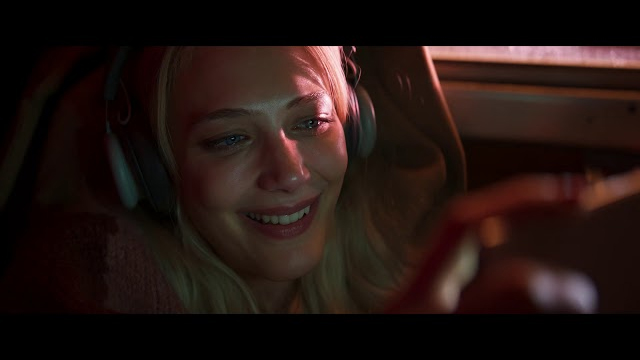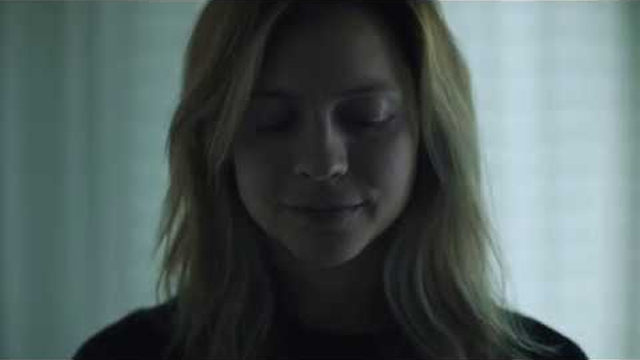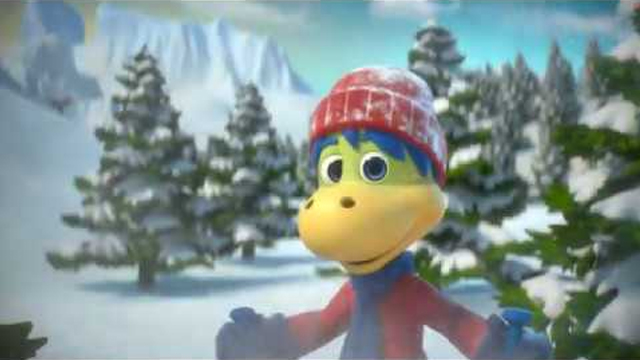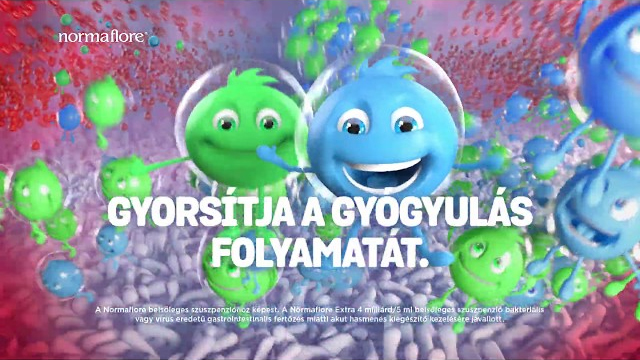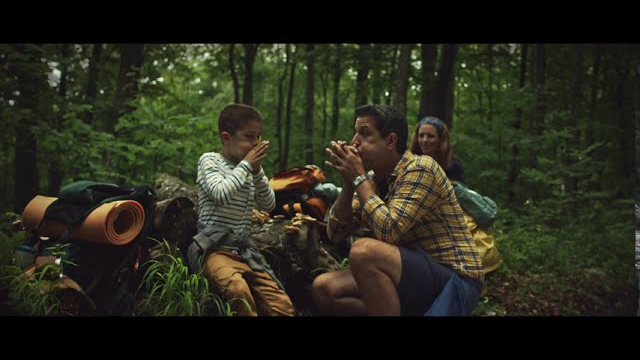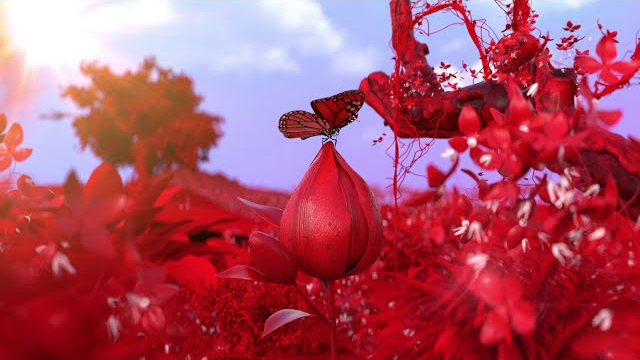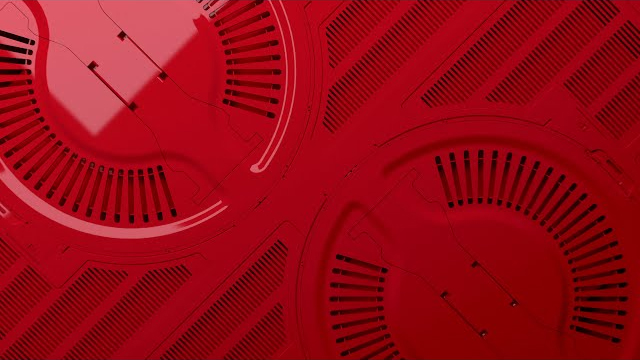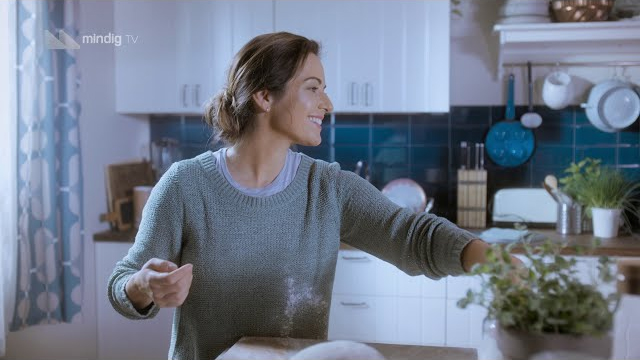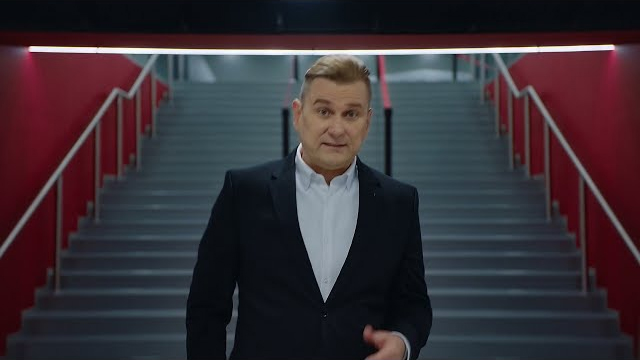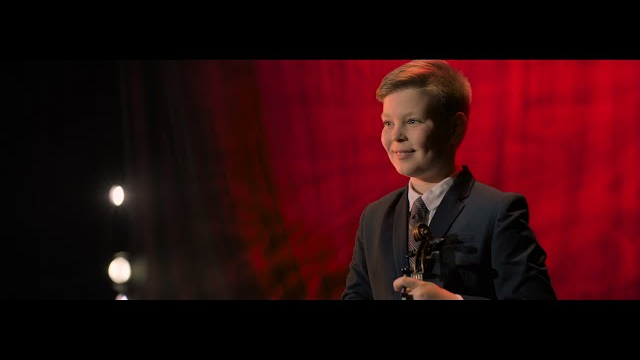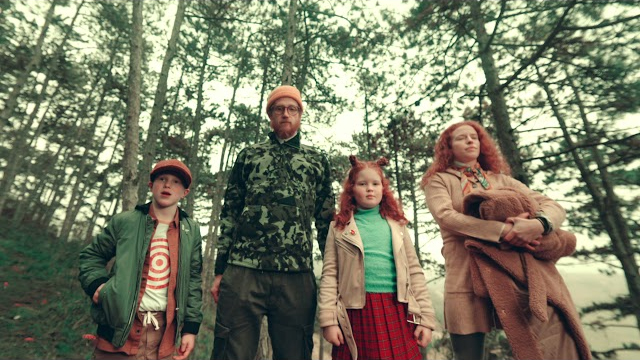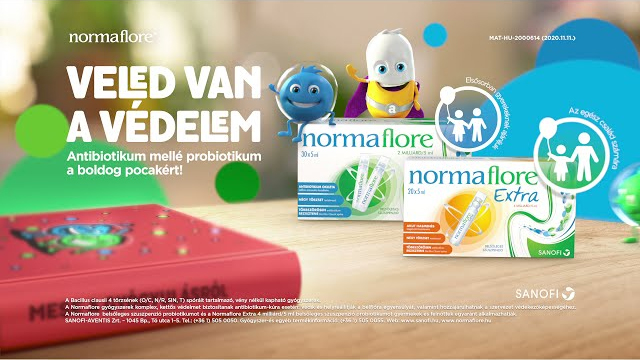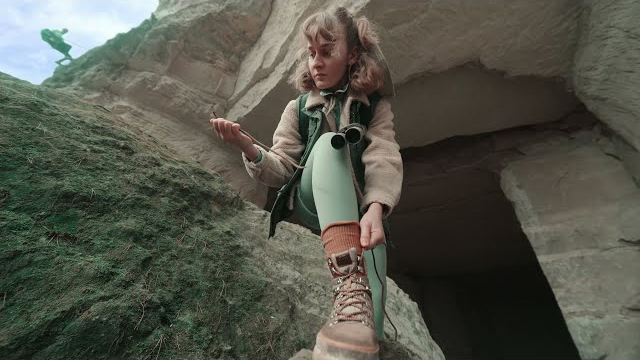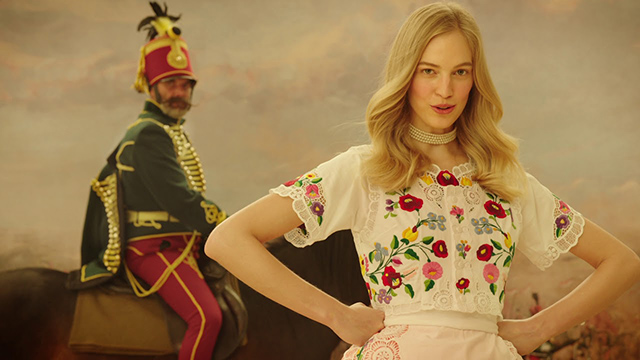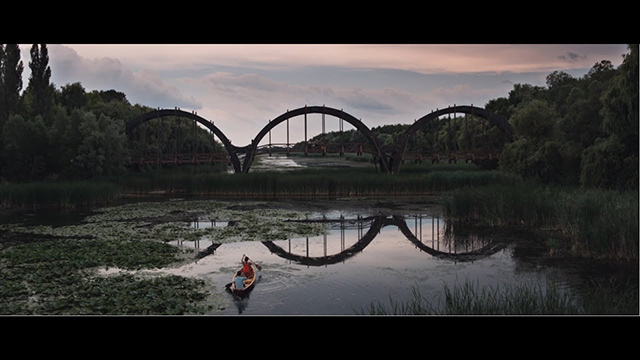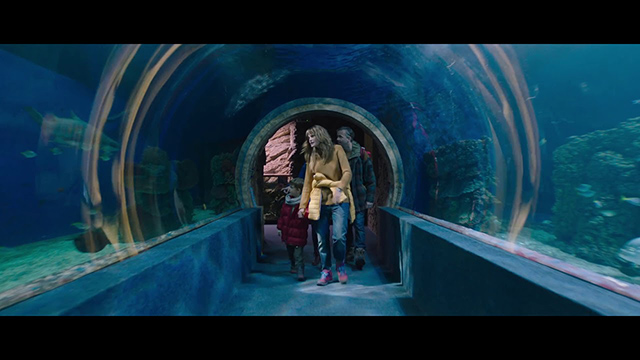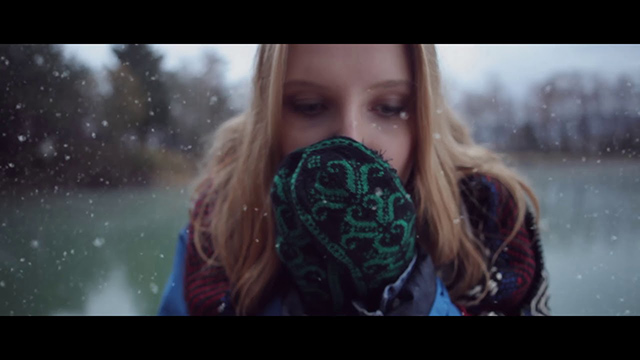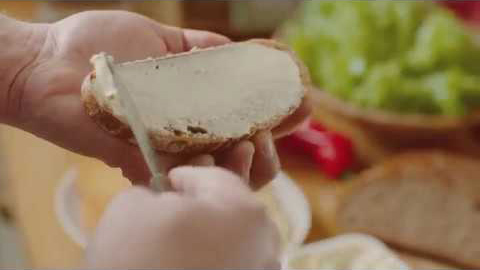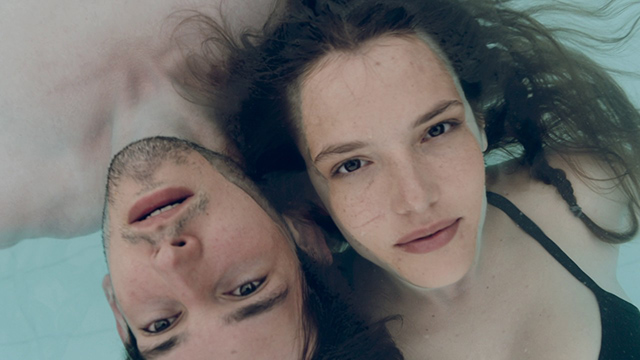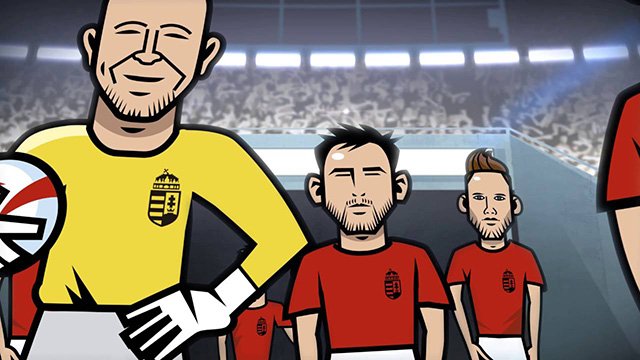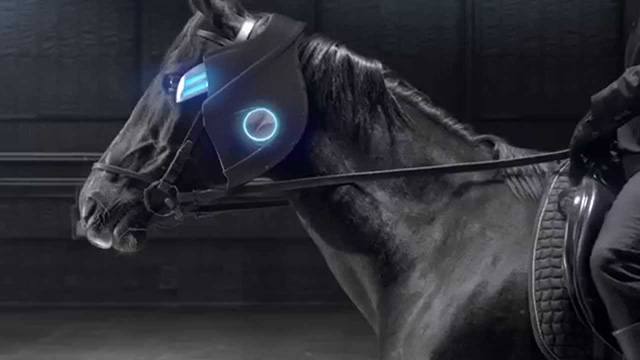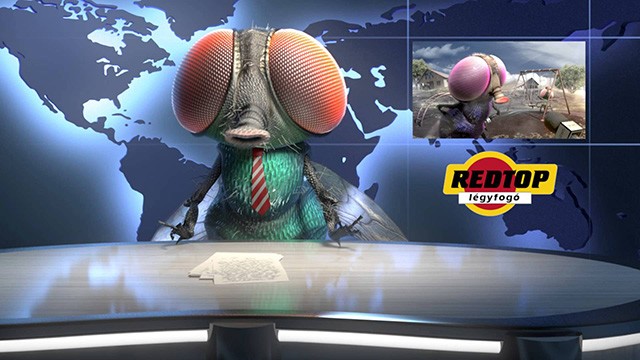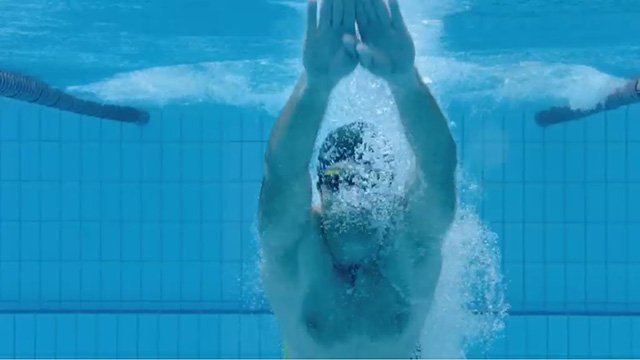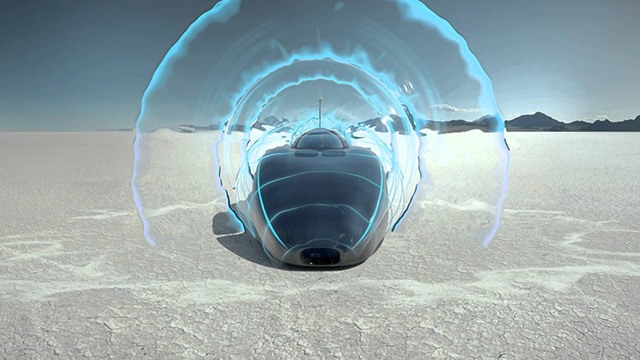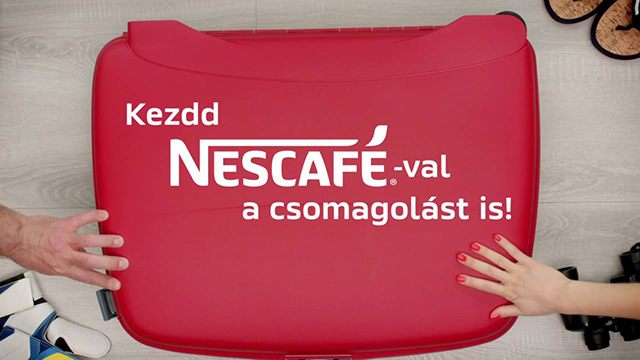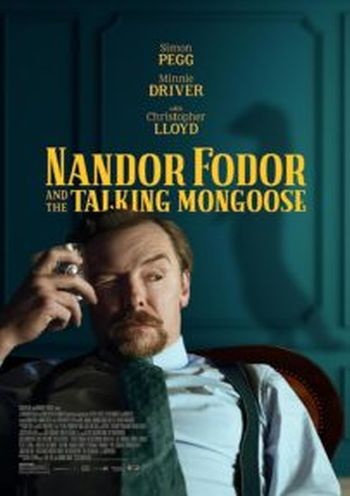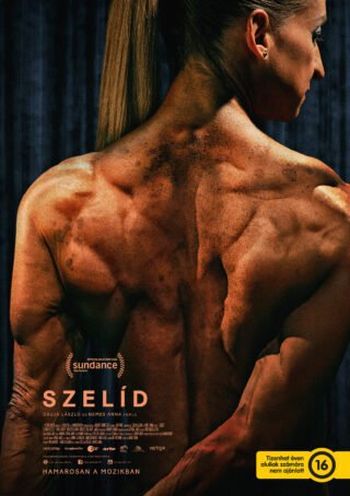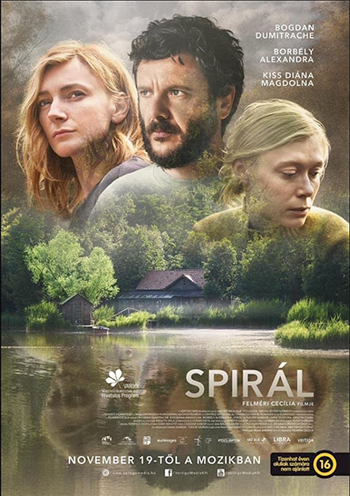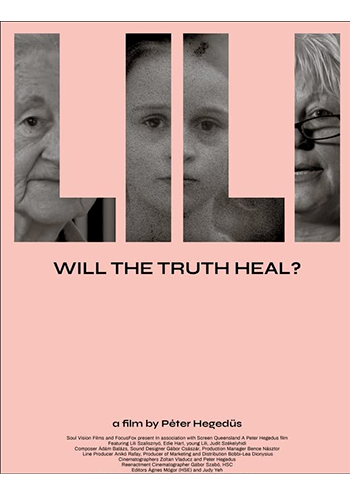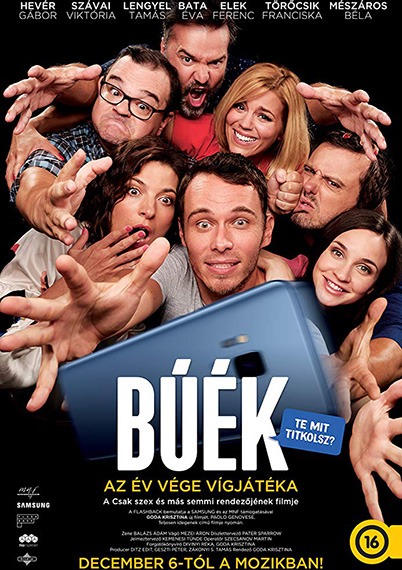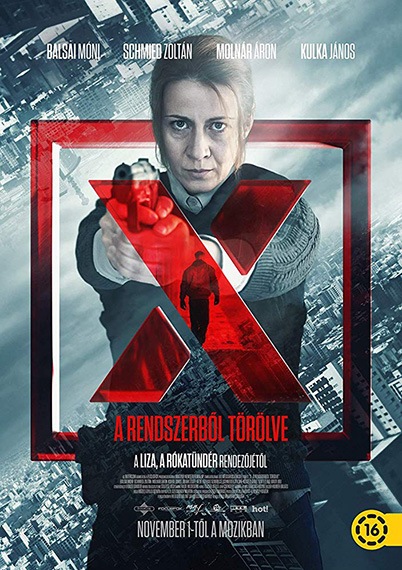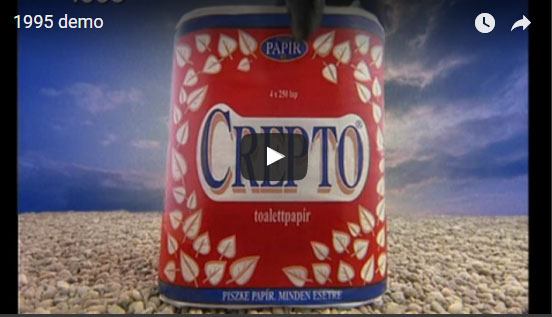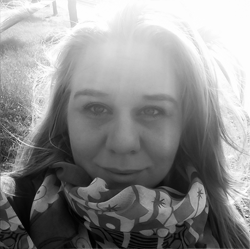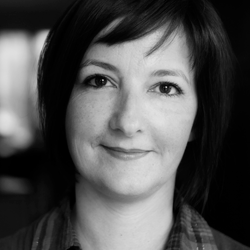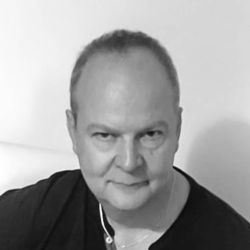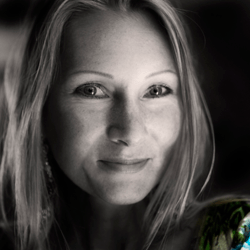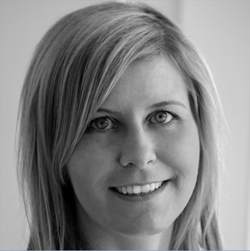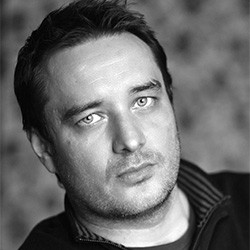The name Focusfox sounds familiarly in local and as well as in international film business. It was founded in 1994 as the very first digital post production studio in Hungary. Since then we went trough a remarkable way that brought us to be present at every stage of filmmaking.
We offer complete, high-quality services for our partners be it commercial, animation, short, documentary or feature film. Beside our picture and sound post production activities we make our own complete film productions on our own investment with the collaboration help of Hungarian Filmfund.
We are very proud of our world standard Cinemix mixing studio which was awarded after completion with THX and Dolby certificate. Since then we have made here final sound mixing of numerous Hungarian and American films. While we keep following the changes in digital technologies and in film trends we also keep alive the traditional film technologies. That is our mission.
NEW NEW NEW !!!
We have established a new Focusfox office in London. Call Attila for production, post-production, and film restoration work!
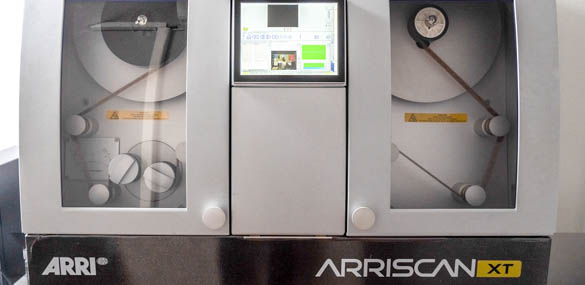
ARRISCAN XT
Film is our eternal love, whether it's archival or contemporary film material.We have recently invested in a new Arrilaser XT film scanner, built with ARRI's ALEXA XT sensor, which provides the best available image quality, while the scanning speed is up to 65% faster than its predecessor.
Film format: 16mm/35mm, scanning resolution up to 6k, scanning speed: 5.7 fps (2k), 2 fps (4k).
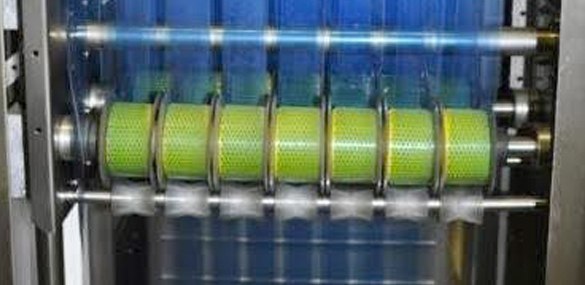
FOCUSFOX CINELABS HUNGARY
We’ve been running the Lab (originally built as KodakCinelabs Hungary) since 2002. Focusfox is strongly dedicated to keep alive the classical film technology. We still run the front-end film lab, the Sirit2 telecine, the 4k Arriscan, the 16mm/35mm magnetic tape sound players etc. Focus fox Cinelabs Hungary is the official Hungarian dealer of Kodak’s Motion Picture Division.

FILMRESTORATION
We do have dedicated restoration softwares (eliminating dirts, flickers, unstable pictures, etc.) but our other general solutions like CGI, Flame, Baselight corrector, and so on, can be deployed at any time. We can also restore sound in our audio studios. Beside our outstanding software opportunities, we are very proud to have an experienced, talented restoration team.FILMRESTORATION REFERENCES
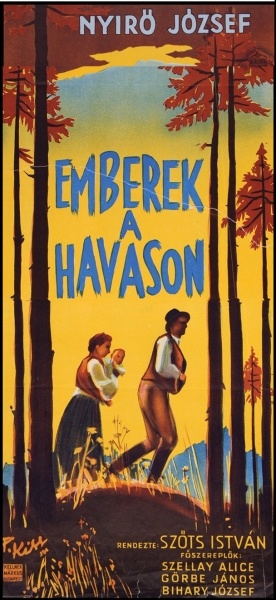
The film was shot in 1941 and it became an inspiration for the Italian Neorealists. The shooting took place in the Transylvanian Alps during the 2nd WW under very difficult circumstances and this left its mark on the physical conditions of the film. Since the original creators are no longer with us, we could finish the final grading of the film with the help of Sándor Sára, director of photography, who was once an assistant to István Szőts, director of the film. We made full restoration in 2k resolution. The restoration of the film was sponsored by Hungarian Academy of Arts and supervised by Eszter Fazekas (MANDA).

The film was shot in 1947 but originally it had been planned to be made before the war. For different political reasons the shooting was postponed and the final version also differed very much from the original screenplay, in this case, due to some other political reasons. The challenge of the restoration of this film was due to the wide variety of the film stocks used because of the post-war shortage of film raw stock. Since the original creators are no longer with us, we could finish the final grading of the film with the help of Sándor Sára, director of photography, who was once an assistant to István Szőts, director of the film. We made full restoration in 2k resolution.
The restoration of the film was sponsored by Hungarian Academy of Arts and supervised by Eszter Fazekas (MANDA).
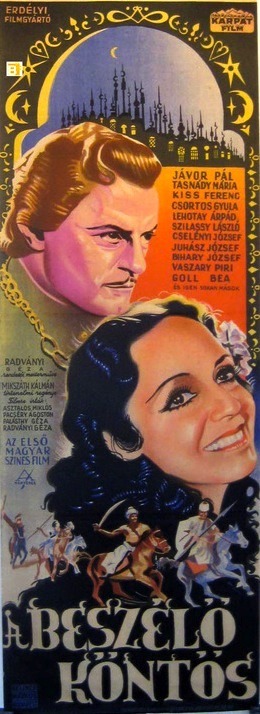
Partly color, 4:3, 89 min. Director: Géza von Radványi
The very first Hungarian (partly) color film. The Hungarian Government received a 10-minute-long, newly developed color film stock from AGFA in 1941 which the Hungarian filmmakers used at shooting the historical movie The Magic Caftan. They could use the color raw stock so effectively that nearly all the 10 minutes are present in the basically black and white film.
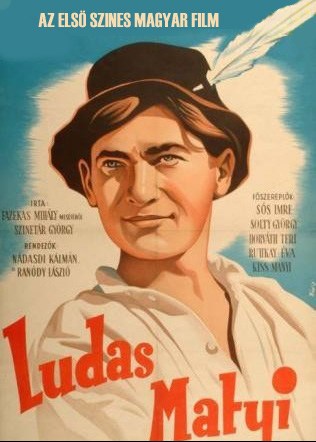
Mattie the Goose-boy was the first Hungarian color feature film. The film was shot on Gevaert negative stock, which unfortunately heavily lost its color saturation during times. For testing to recover colors we used Spirit Datacine and daVinci color corrector. The achieved result was satisfactory we could recover nearly the full color spectrum. The test was made in SD resolution, see the attached video!
Help for the viewing:
1. purple picture seen on the film: original negative
2. greenish-brownish picture: straight inverting of the negative
3. brownish real look: color graded inverted negative.
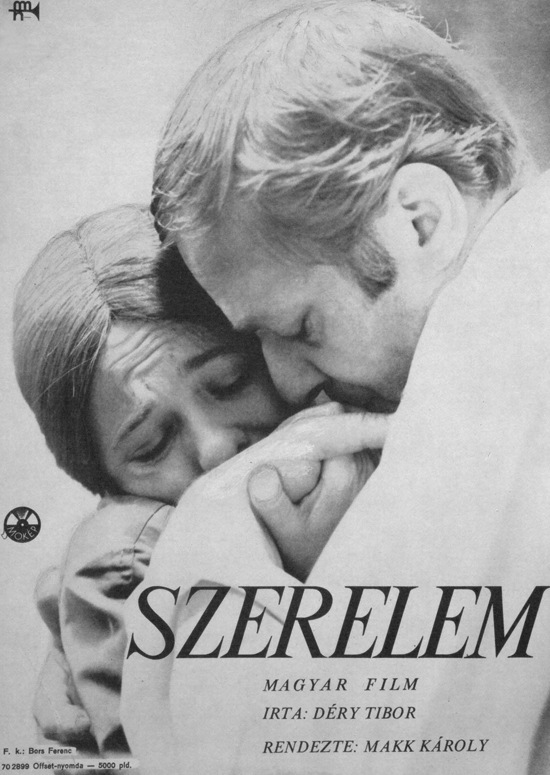
The restoration of “Love” was sponsored by Hungarian Academy of Arts and supervised by Eszter Fazekas (MANDA).

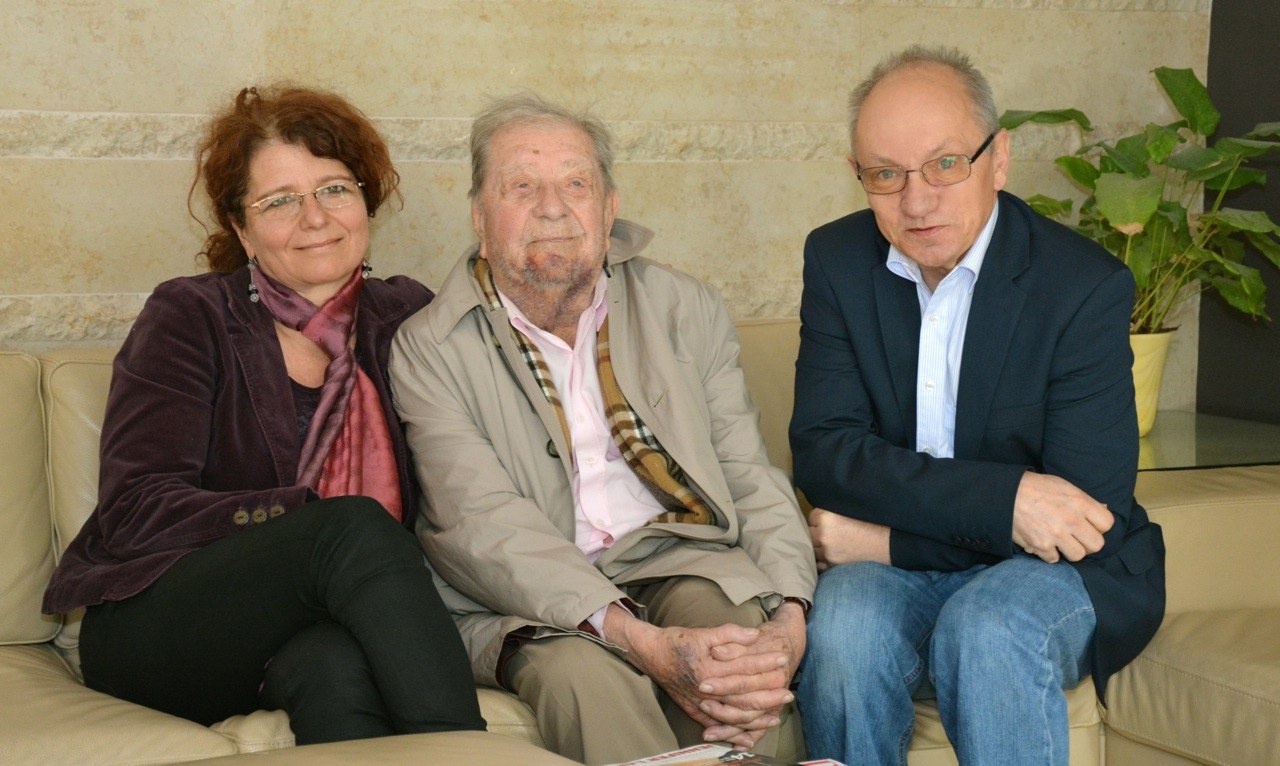
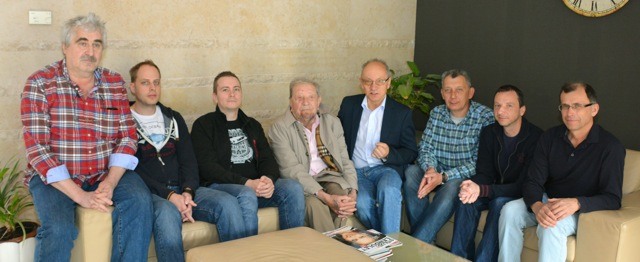
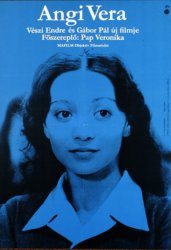
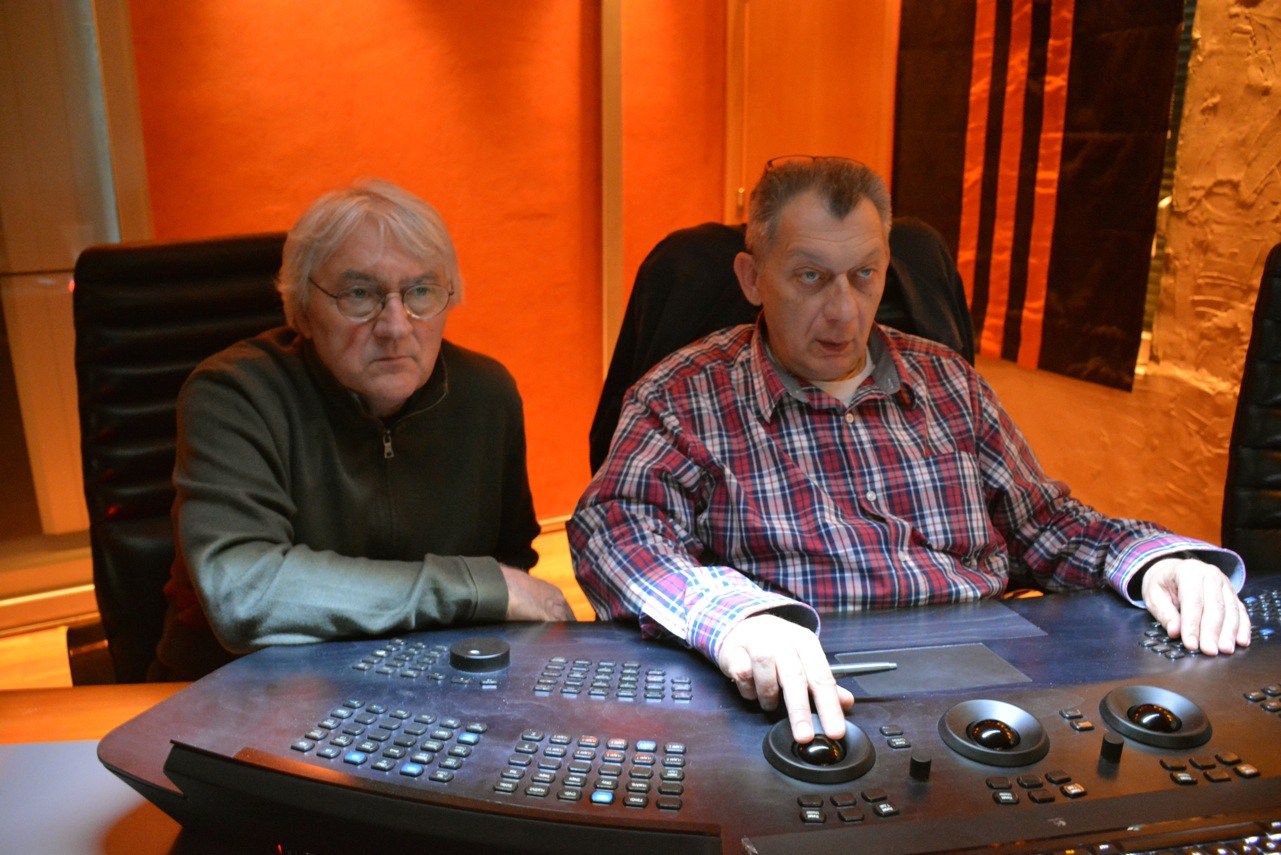
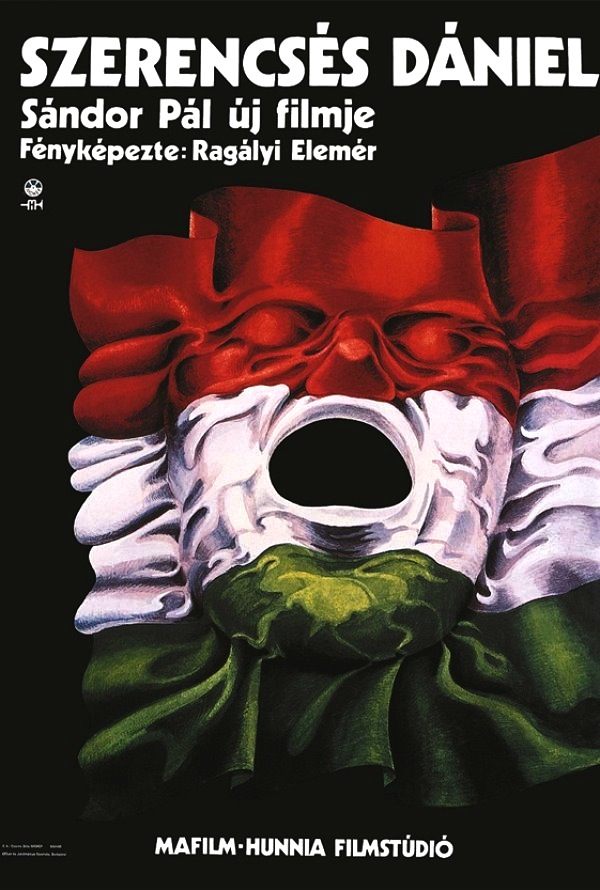
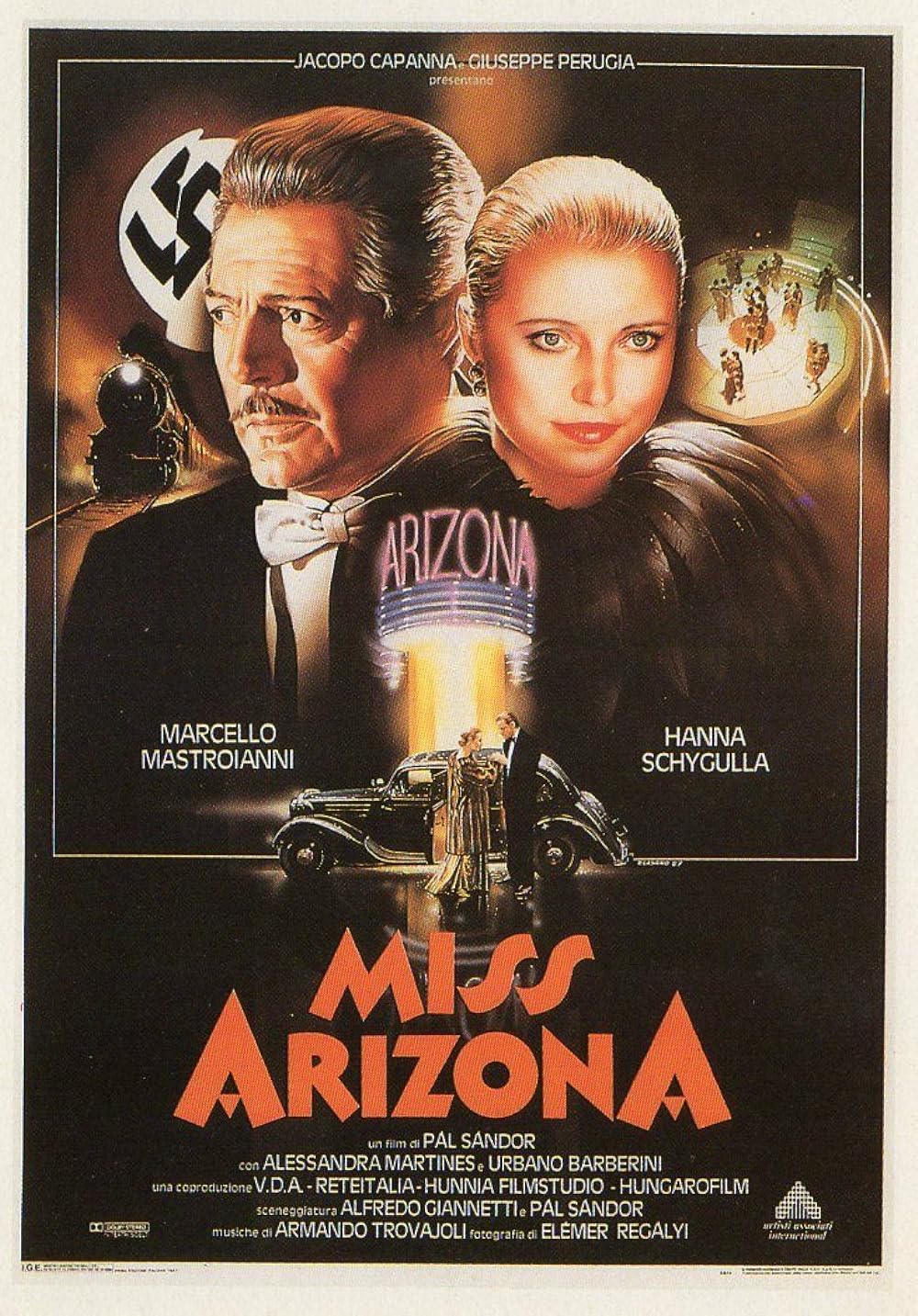
color, 1,37:1, 95 min, Director: Pál Sándor
Miss Arizona is a 1988 Hungarian-Italien drama film directed by Pál Sándor starring Marello Mastroianni and Hanna Schygulla. Story of the owners (Mastroianni and Schygulla) of a fancy nightclub in Budapest before and during WWII.
The restoration of "Miss Arizona" was sponsored by HFI and supervised by Eszter Fazekas(Hungarian Filmarchive).
BEFORE – AFTER
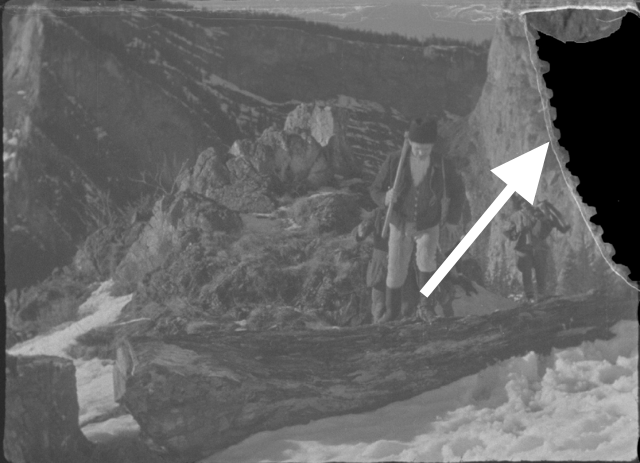

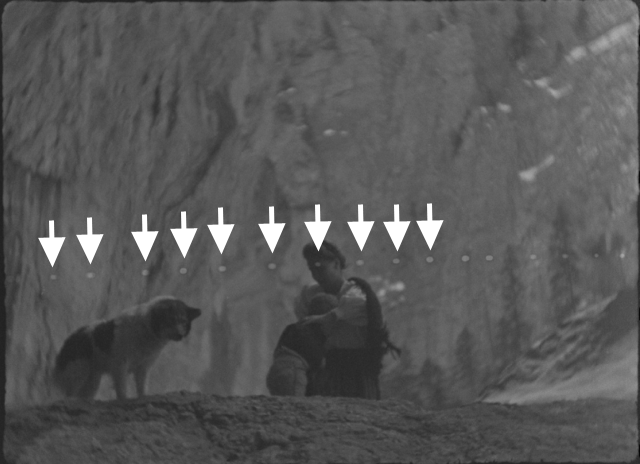


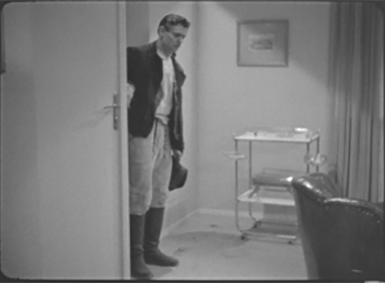

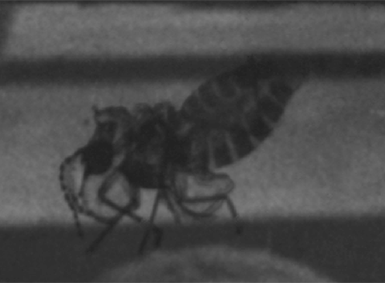
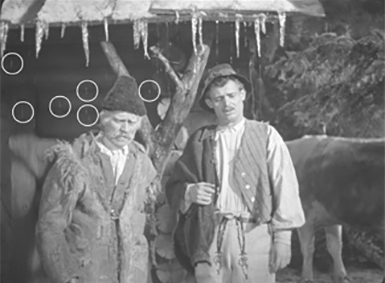
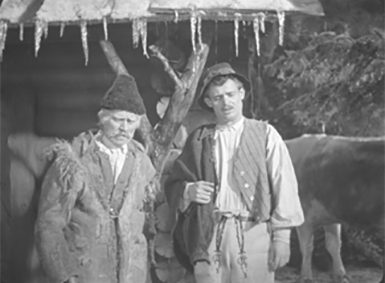
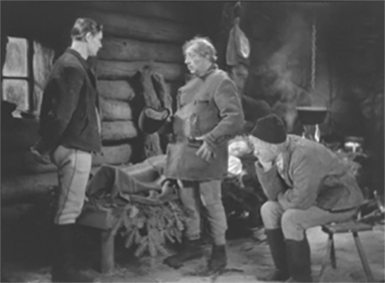

POST PRODUCTION REFERENCES
Aktív Magyarország – Szabadulj ki a termeszetbe 45sec
- Website
- View website
FEATURE FILMS
FEEDBACKS FROM THE PRODUCTIONS

WE WERE LIKE THIS
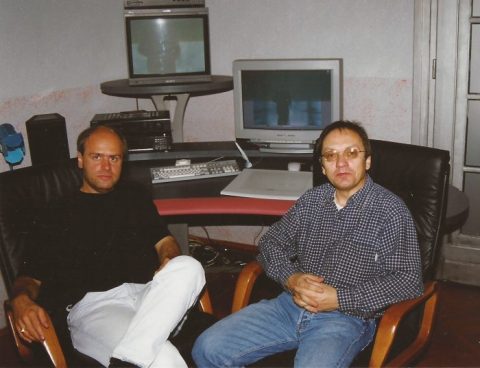
1993

Focusfox had been opened after a long preparation period, during that we visited the Montreaux Broadcast Convention held at the shore of Lake Geneva.
1994
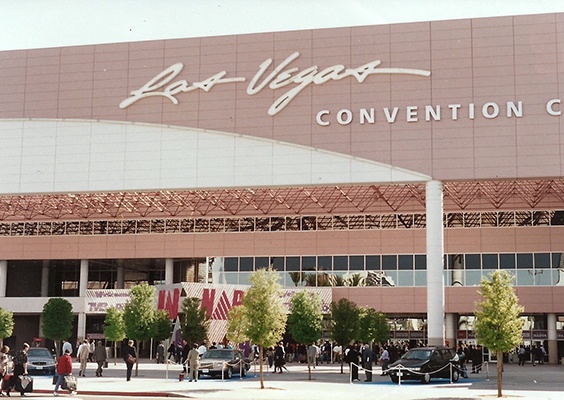
The outset of the studio was tied to availability of Digital Betacam technology. We had already seen it at the most important technology shows (Las Vegas, Amsterdam) that we have been visiting since then.
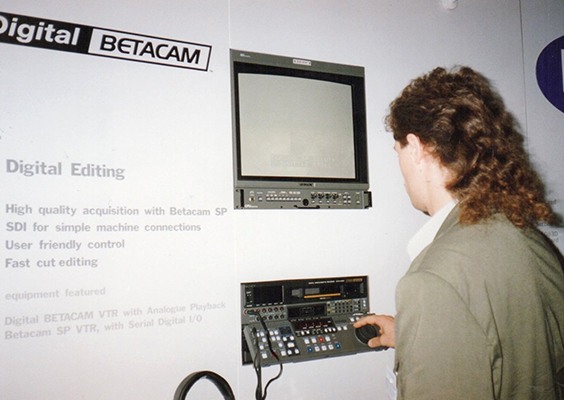
The first Digital Betacam VTRs at the Amsterdam IBC show, when we immediately ordered this new digital milestone (look at the famous "Bundesliga" hairdressing).

The name Focusfox was inspired by William Fox (born as Fried Vilmos), the Hungarian born founder of 20th Century Fox. Appropriately enough we started our operation in an old film studio building founded by the producer Kertész Mihály who became world famous as Michael Curtiz (Casablanca).
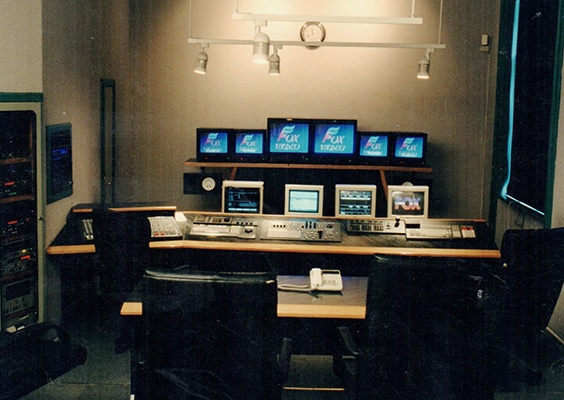
These were the top machines of the era (from left to right): Soundcraft mixer, BVE910 editor, BTS Diamond switcher, Abekas A57 dual Special Effect Generator and an Aaton subtitle generator.

The heart of the studio, the Diamond switcher was sold to us by Herr Fritz Lang, an old Austrian gentleman..
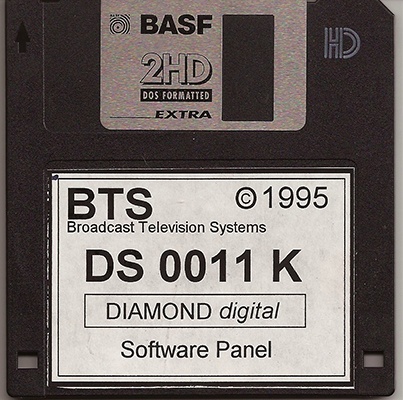
We received the operation programs obviously on floppy disks.
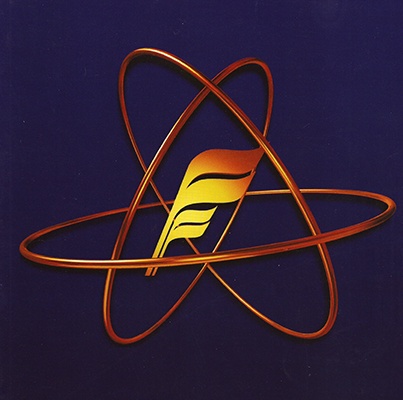
The first Focusfox logo was designed by our colleague, Zsolt Kauker
1995
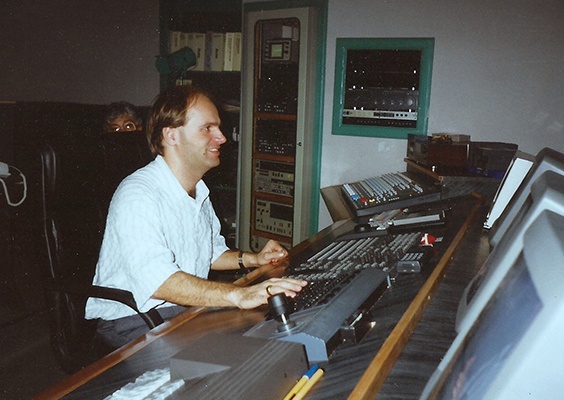
The time when Focusfox started its operation also was the beginning of golden era of Hungarian commercials business. Numerous famous filmmakers (Péter Tímár, Tamás Andor, Péter Szatmári) took part in this new world.
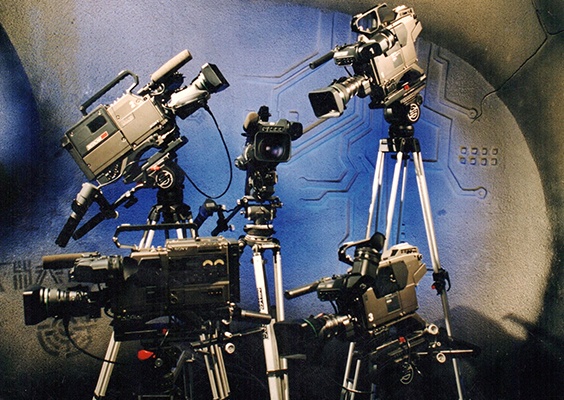
The very popular youth TV series "Xenia fever" was shot with our cameras at the Pasarét Film Studio.

We established an Avid Suite with a (that time) remarkable 54 GB store.

The Focusfox kitchenette that slowly became famous of its special coffee.
Our first demo:
1996
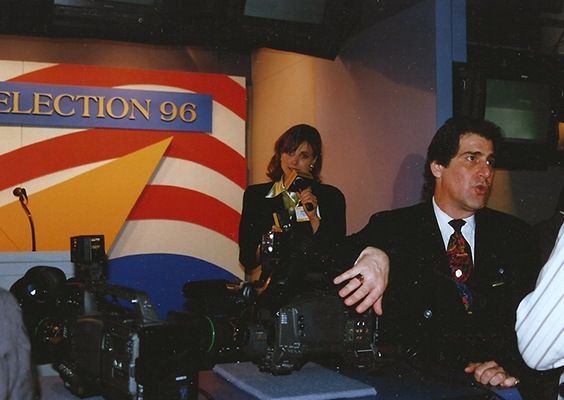
The US was preparing for the election (Bill Clinton was elected the second time) and this was also imported to the NAB booths. The first year of Focusfox became successful over expectation and this way we could say that in the spirit of election at least one of our decisions was right.
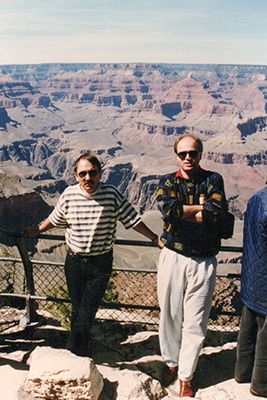
NAB '96. In the Grand Canyon
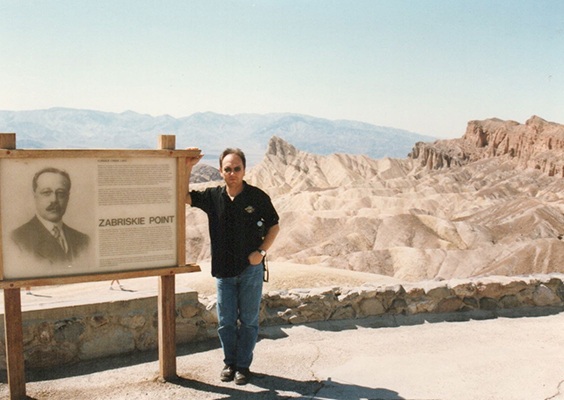
Zabriskie Point, one of California's spectacles became world famous when Michelangelo Antonioni chose its name for the title of his 1970 cult film.
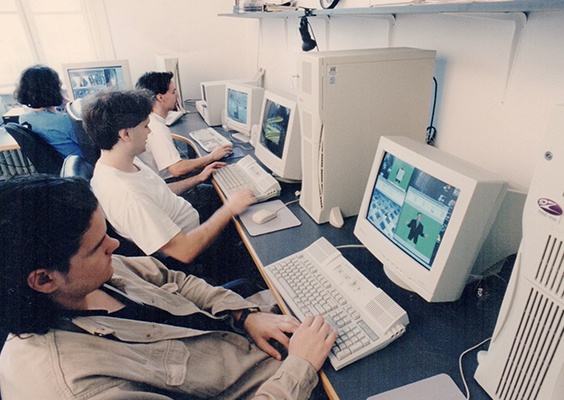
We opened our CGI (that time we called it 3D) studio with Laci Török's leadership, and with Laci Ócsai and Szabi Illés amongst the others
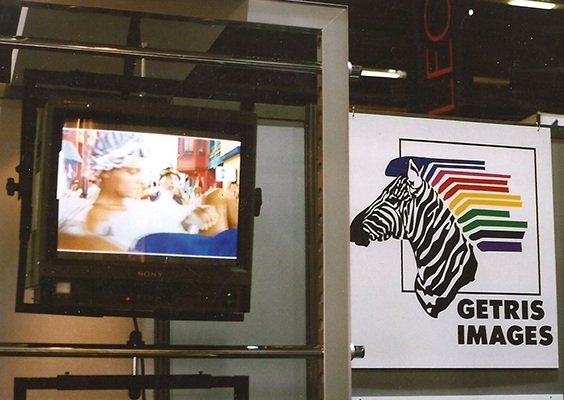
We were very proud that at the Getris Images' both at IBC we could discover our "Nyitnikék" commercial (see in our first demo)
1997
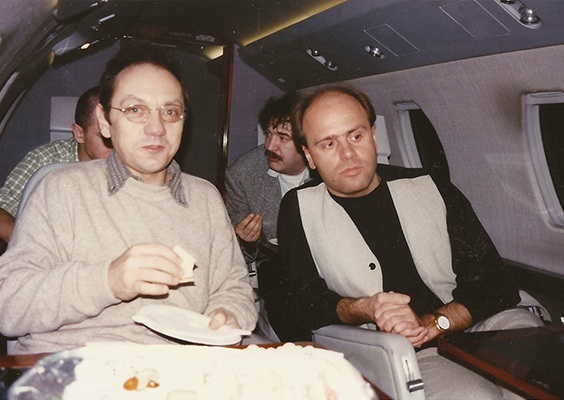
1997 became one of our most remarkable year. We had been in long negotiation with the Quantel about a Domino system. For our big surprise they sent a mini Jet for us to visit their Newburry's headquarter. Obviously we took the chance.
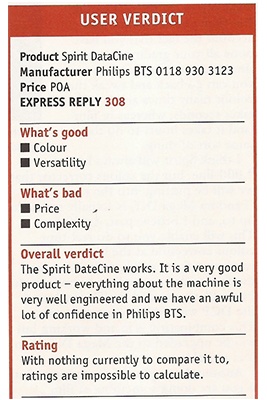
Another difficult decision-making was waiting for us: not the product but the extremely high price (2 miilion German Marks) and this way the rentability was our dilemma. All this was about the revolutionary Spirit datacine. It was noted as "not comparable" in every news:

First we could see just its official photo
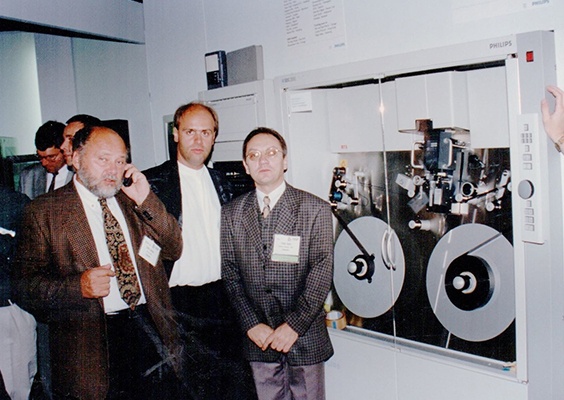
Things turned out well and in September we could order this fantastic equipment and in Amsterdam at the IBC our name was put on the exhibited machine
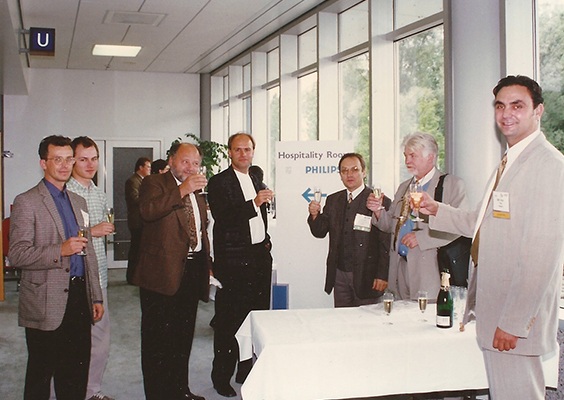
We were happily clinking our glasses with the representative of Philips
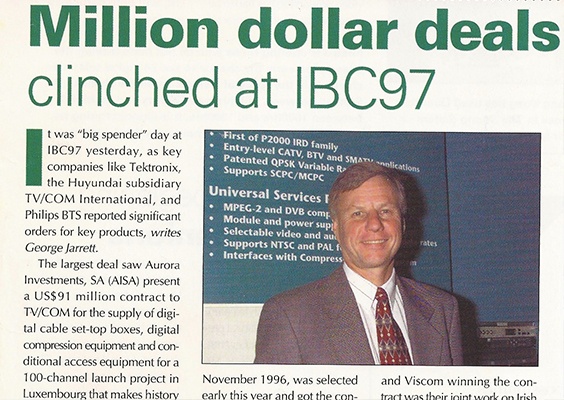
The papers gave news about the purchase under title "Million dollar deals". Just in some days we became "top Budapest post house".
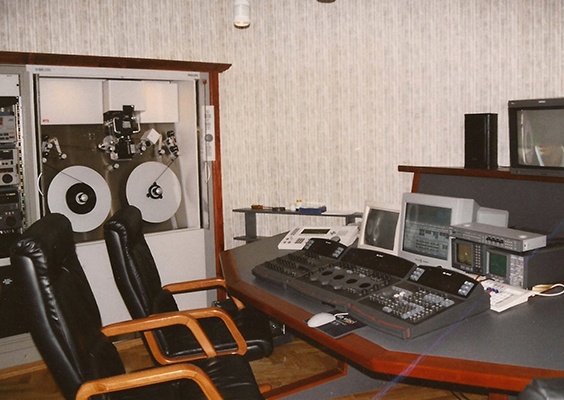
The machines arrived at the winter of 1997 to our Pasarét studios, where we started to convince the Hungarian filmmakers with a comfortable, warm ambience that they can get the same services what they received in Vienna until then.
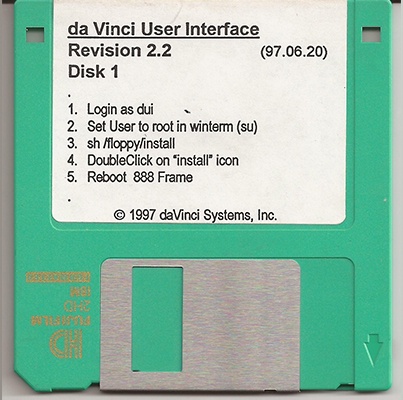
We chose the world beating daVinci as a color corrector
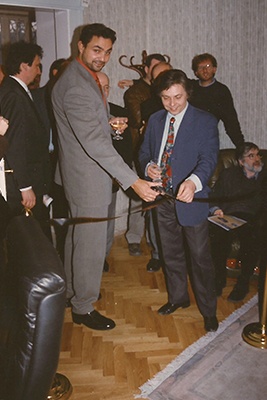
We asked the representatives of Philips and daVinci to inaugurate the telecine suite. Appropriately enough they cut a film stripe.
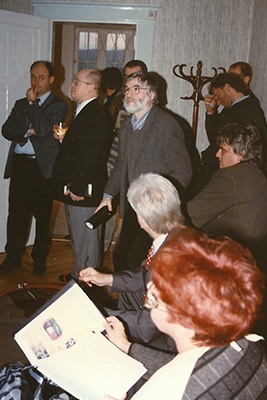
The second guest from left is Mark Lawrence from Quantel, while on his left there's Iván Kende cameraman.
1998
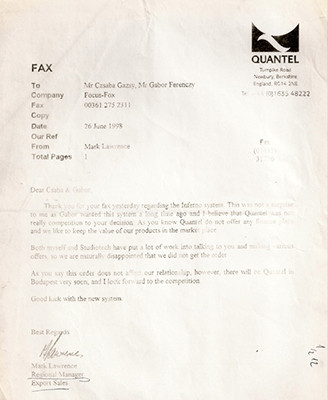
After a long hesitation and testing we decided to buy the emerging Inferno system against the Domino. We received a politely threatening letter from Quantel
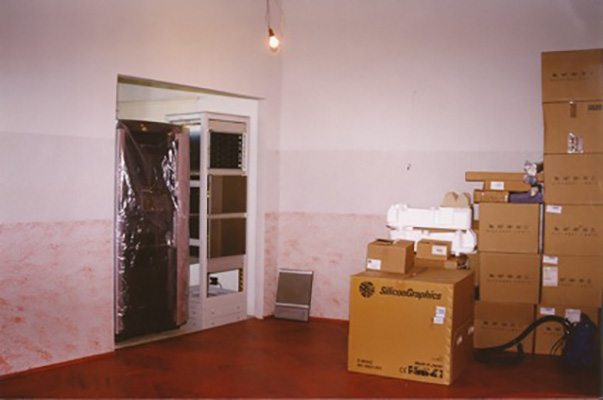
The Inferno was running on Onyx2, the Siicon Graphics' hyper computer. The size of the machine can be judged from the number of carrying boxes
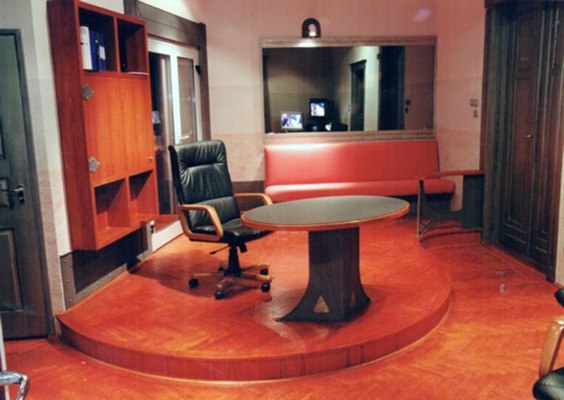

The same time as we opened the telecine suite we equipped a new room for the CGI department and for our new investment: the Flint composer.
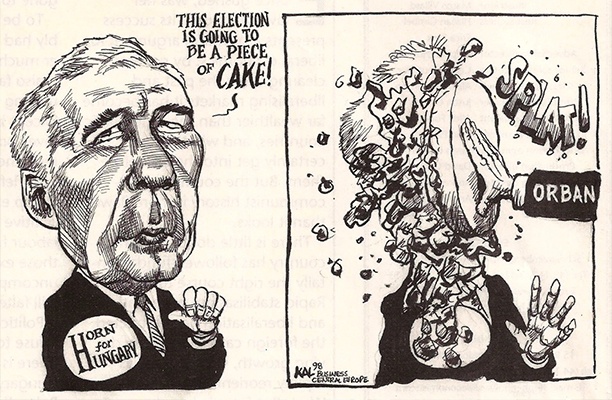
In 1998 there was an election in Hungary. The surprising result was received on the West like this:

Our first Christmas party in the "Remiz" restaurant. We have been celebrating here every Christmas since then.
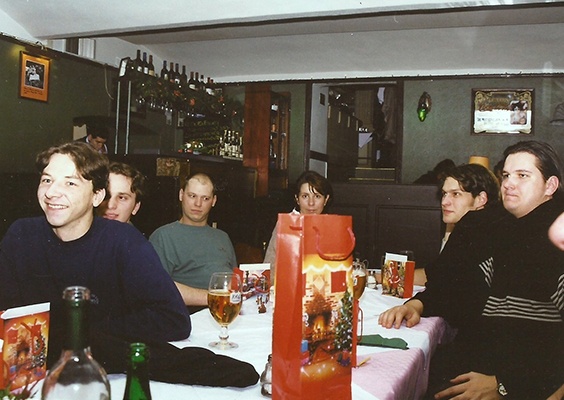
1999
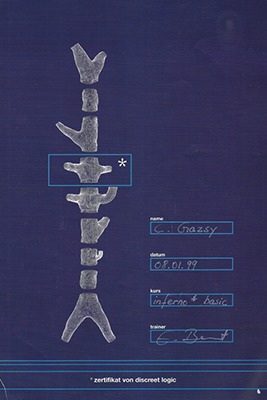
We received a diploma after the Inferno master class
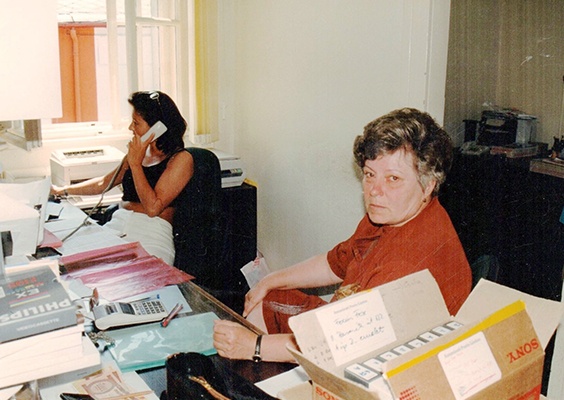
Our secretaries Babika and Edina pampered our clients with fantastic creamy coffees. The Internet was just starting, the telefax (in front of Edina) was still more important. There are BetaSP and VHS tapes next to Babika
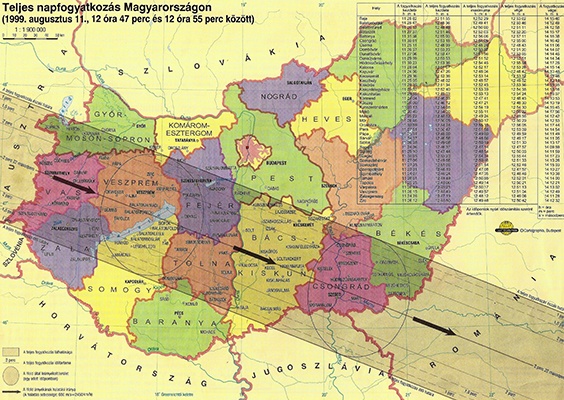
In August there was a full solar eclipse in Hungary

In August we installed the first 2k scanner in Hungary with purchasing the 2k board into our Spirit datacine
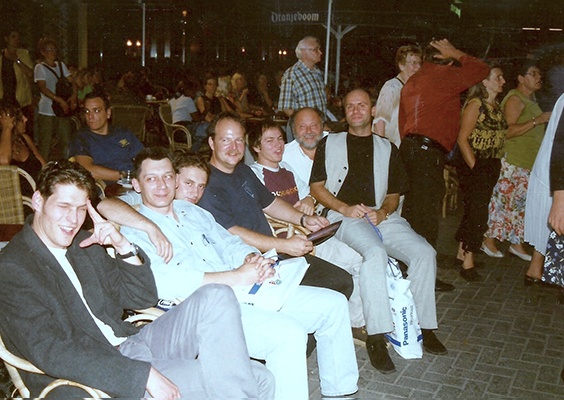
In September a big team represented the Focusfox Studio at the IBC in Amsterdam

At the Christmas celebration we could greet our first 5 year jubilee.
2000
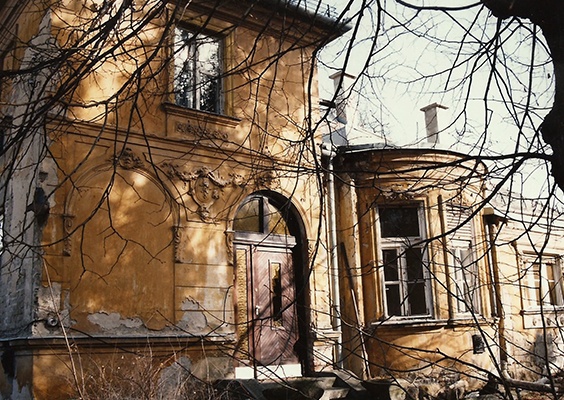
We were already informed in 1999 that we had to leave the Pasarét Film Studios in 2 years. We decided not to rent anymore so we purchased a real estate at the Hüvösvölgyi street with a rundown, once very nice building what we had to demolish

The construction of the new headquarter was started immediately to be able finishing it till the Summer of 2001
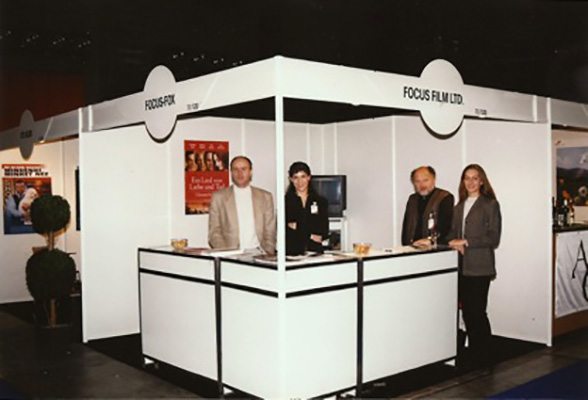
In March we promoted ourselves at a Bruxelles exhibition.
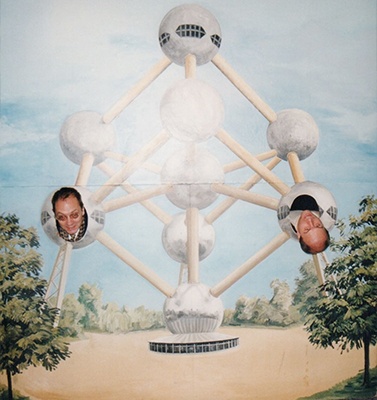
We turned upside down even the Atomium
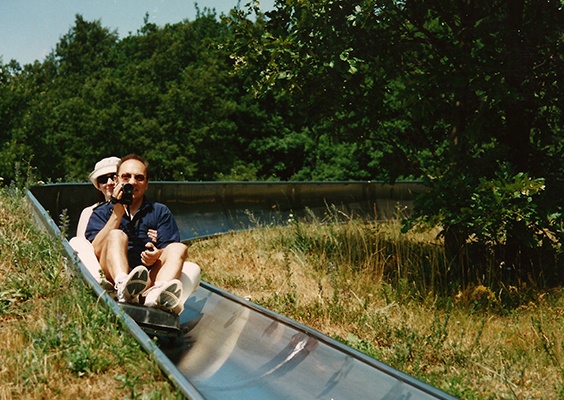
Summertime we had a bob driving outing in Visegrád
OUR TEAM







